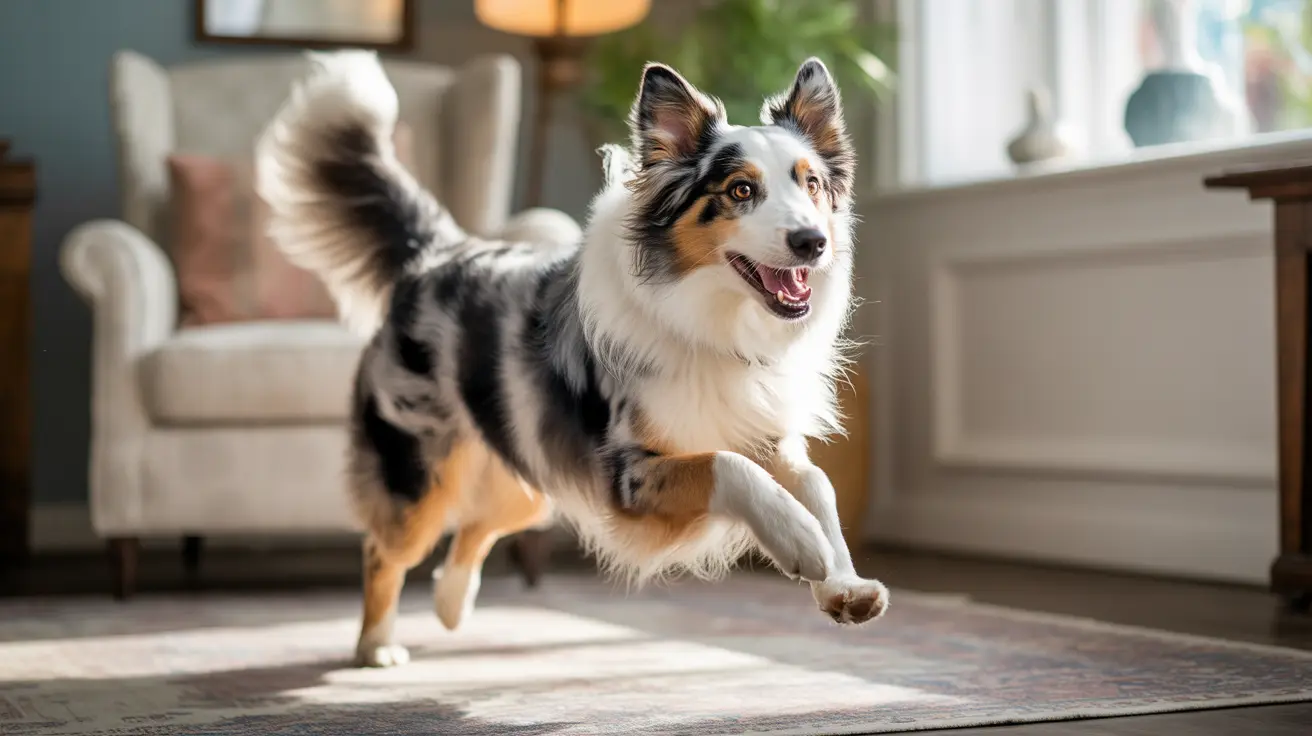How Do Cats Say "I'm Sorry"? Understanding Feline Apologies
Cats are known for their independent and sometimes aloof personalities, but that doesn't mean they don't show affection—or even remorse—in their own unique ways. While cats can't say "I'm sorry" in the human sense, they do exhibit subtle behaviors that indicate peace offerings, reconciliation, or bonding. Understanding these signs can help strengthen the bond between you and your feline companion.
Recognizing a Cat's Apology
When cats engage in unwanted behavior—such as scratching furniture, knocking things over, or even showing aggression—they may later display certain actions that cat behaviorists believe resemble an apology.
Some common feline "apology" gestures include:
- Head Butting: Also known as bunting, this is a cat's way of marking you with their scent to show comfort and trust.
- Slow Blinking: Often called "cat kisses," slow blinking communicates love and relaxation. If your cat looks at you and walks away with a slow blink, it’s a sign of affection and recognition.
- Purring: Cats often purr when they're content. After a stressful moment, if your cat comes close and starts purring, it's a sign of making peace.
- Licking or Grooming You: Grooming is a bonding activity in cat colonies. When your feline licks your hand or face, it's showing a sign of trust and affection—sometimes after a conflict.
- Following You Around: If your cat shadows your footsteps around the house after being told off or during moments of stress, it’s likely offering reassurance.
- Bringing You Gifts: While unpleasant, the dead mouse or toy dropped at your feet is your cat's way of sharing or appeasing you.
Why Do Cats Apologize Differently Than Dogs?
Unlike dogs, which have been bred for obedience and companionship, cats are more solitary hunters by nature. Their social cues are subtle and often misinterpreted.
- Solitary Nature: Cats, unlike pack animals, evolved to be independent hunters, which means interpersonal dynamics are nuanced.
- Non-verbal Communication: Their communication depends heavily on body language, facial expressions, tail positioning, and tone.
How to Respond to a Cat's "Apology"
When a cat appears to be apologizing, responding appropriately helps reinforce the behavior and enhance your connection.
Tips for positive reinforcement include:
- Return the Slow Blink: If your cat slow-blinks at you, do the same—it reassures them you're not upset.
- Pet Them Gently: Make soft movements and pet your cat in preferred areas like the head or back.
- Playtime: Engage in interactive play to boost bonding and redirect any residual stress.
- Treat Rewards: Occasional treats can help associate good behavior with rewards, especially after a patch of tension.
What If Your Cat Doesn't Apologize?
Cats vary in personality, and some may not show remorse in obvious ways. It’s important to watch for subtle behaviors and understand that some cats may regain comfort differently.
Considerations for less expressive cats:
- Time and Space: Give them room to feel safe and come to you when ready.
- Consistency: Maintain regular routines and positive reinforcements.
- Avoid Punishment: Cats don’t respond well to scolding; instead, reward desirable behavior.
Using Enrichment Toys to Encourage Positive Behavior
Environmental enrichment plays a key role in mental and emotional health, reducing the frequency of unwanted behavior and supporting your cat’s natural instincts. Foraging toys like the Catit Play stationary board or TRIXIE Activity Fun Board replicate hunting behavior and offer mental stimulation.
Benefits include:
- Reduced stress and aggression
- Enhanced mental and physical stimulation
- Promotion of healthy eating patterns
- Decreased boredom-related misbehavior
By integrating these toys into daily routines, cats become more content and less likely to act out, which could eliminate the need for apologies altogether.
Conclusion
Cats might not say "I'm sorry" in words, but they do rely on instinctual, heartwarming gestures to reconnect and show affection. By observing these signals and responding gently, you foster trust and deepen your unique human-feline bond. Whether it's a slow blink, rhythmic purring, or sharing a beloved toy, your cat’s “apology” is sincere—even if it’s not spoken.





